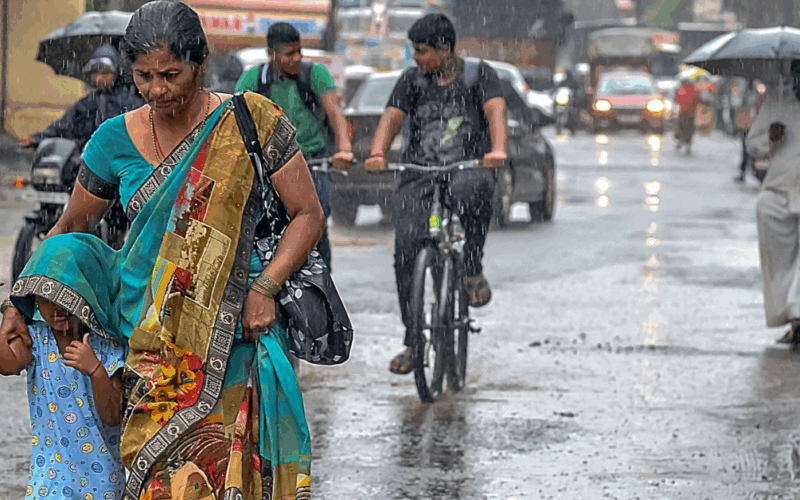As we approach the latter part of the year, scientists are closely monitoring weather patterns around the world. According to the World Meteorological Organization (WMO), the La Nina climate event is likely to return this September, bringing significant changes to global weather. La Nina, known for its cool sea surface temperatures in the Pacific Ocean, can affect monsoon rains, temperature, and even storms across various regions, including India.
This expected return of La Nina means we might see altered rainfall patterns and temperatures over the next few months. Understanding these changes can help farmers, city planners, and everyone else prepare for what’s coming. In this article, we will explain what La Nina is, how it impacts global and Indian weather, and what to expect over the coming months according to experts.
What is La Nina and Why Does It Matter?
La Nina is a natural climate pattern that occurs when ocean surface temperatures in the central and eastern Pacific become cooler than usual. This cooling influences weather across the entire planet by changing wind patterns and affecting rainfall. La Nina is often considered the opposite of El Nino, which warms the same areas of the Pacific Ocean.
When La Nina develops, it can cause more rain in some places and drought in others. For example, during past La Nina events, parts of India have experienced stronger monsoon rains, which can be both a blessing and a challenge, depending on how intense it gets. The World Meteorological Organization tracks these developments closely because they play an important role in predicting seasonal weather around the world (WMO Press Release).
How La Nina May Influence Indian Weather From September
India’s weather, particularly the monsoon season, is closely tied to patterns in the Pacific Ocean. With La Nina expected to re-emerge this September, experts anticipate it could mean changes in rainfall distribution. Typically, La Nina causes stronger monsoon rains in India, which can benefit agriculture but also raise the risk of floods in some areas.
The Indian Meteorological Department (IMD) often uses information about La Nina to forecast the monsoon’s progress. According to recent reports, this year’s La Nina might lead to above-average rainfall in many parts of India, especially in the north and northeast regions. This could improve water supply and crop yields but might also increase chances of localized flooding in vulnerable zones (Indian Meteorological Department).
Global Effects of La Nina Beyond India
La Nina does not only affect India; its influence is felt worldwide. For example, during La Nina years, countries like Australia often experience wetter conditions, while parts of the United States can face colder and stormier winters. Farmers and governments everywhere use this data to prepare for potential extreme weather events.
Knowing that La Nina could return this September gives time to plan better for its effects. The WMO suggests that global climate monitoring should continue closely to give accurate and timely warnings to all regions that might be impacted (WMO Update).
What Should You Do to Prepare?
For young people and communities in India, understanding La Nina means being ready to adapt. If you live in a farming area, stay informed about weather updates so you can take steps to protect your crops. In cities, it’s important to be prepared for potential heavy rains and flooding, which might impact transportation and daily life.
Schools, local councils, and families can use information about La Nina to plan better and keep everyone safe. Simple steps like keeping drains clear, having emergency supplies ready, and following official weather forecasts can make a big difference during unpredictable weather patterns.
Looking Ahead: Monitoring Weather Changes
Weather experts continue to track the development of La Nina and how it could evolve over the coming months. While predictions suggest its return in September, the intensity and duration can vary. It’s important to rely on trusted sources like the World Meteorological Organization and the Indian Meteorological Department for the latest updates.
By staying informed and prepared, India can better handle the challenges and opportunities that La Nina brings. The coming months will show us how this climate phenomenon shapes weather patterns, but early forecasting gives communities the chance to respond wisely.




